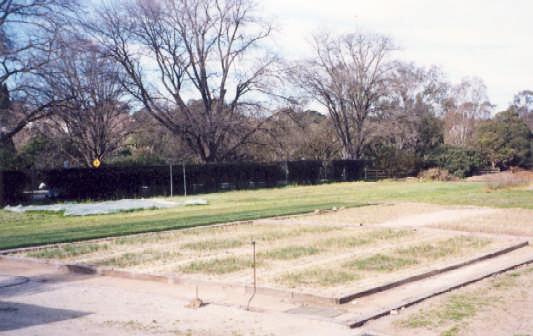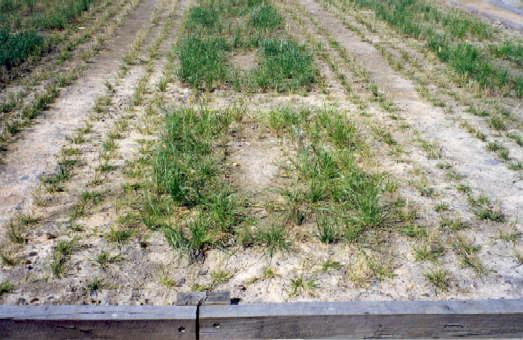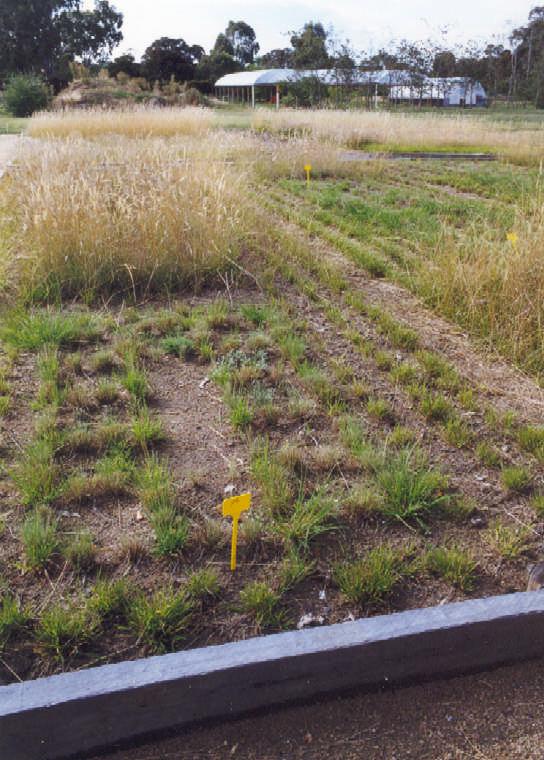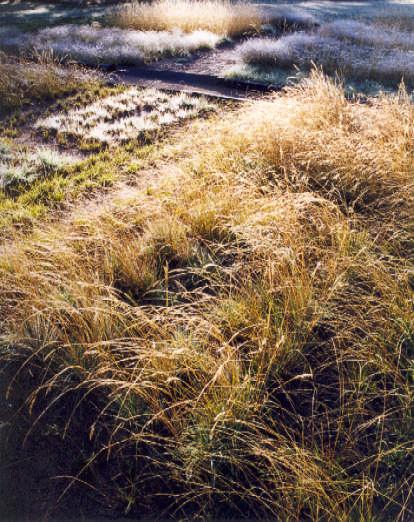Managing native grasslands – Background
Motivation for the study
Australia has some spectacular native flowering plants. Some of these are famous in particular locations, such as the wildflowers of Western Australia. Others are less prominent, and were adversely affected by the introduction of sheep and cattle grazing in the early days of white settlement. These colourful plants grow among native grasses that compete with them, sometimes forming a canopy that threatens their survival.
In the wild, when the grasses are reduced by grazing and fire, the wildflowers within the grasslands are able to survive and flourish. It might be possible, particularly in controlled situations such as parks and gardens, to use management regimes for native grasslands that are conducive to the survival and growth of native wildflowers. Against this background, John and Ian set out to design a study that would evaluate different strategies for promoting the growth of wildflowers in Australian native grasslands.
Study report
In December 2006, John Delpratt and Ian Shears reported on the study to the Australia Flora Foundation. A copy of the report can be found here.
An unanticipated finding
Click on the play button to hear about an unanticipated finding. |
Photos
The photos below were taken at various times during the trial. They were taken by Ian Shears.


The border of weeping grass is also evident. Figure 3 from the Delpratt and Shears report.

The plot immediately behind was not mown; it is dominated by light coloured wallaby grass. This photo,
figure 4 from the Delpratt and Shears report, was taken in March 1999.

